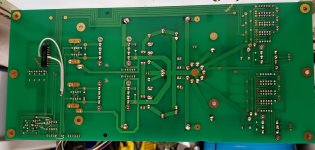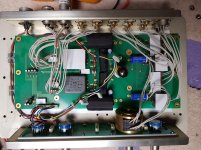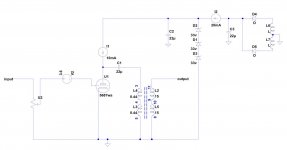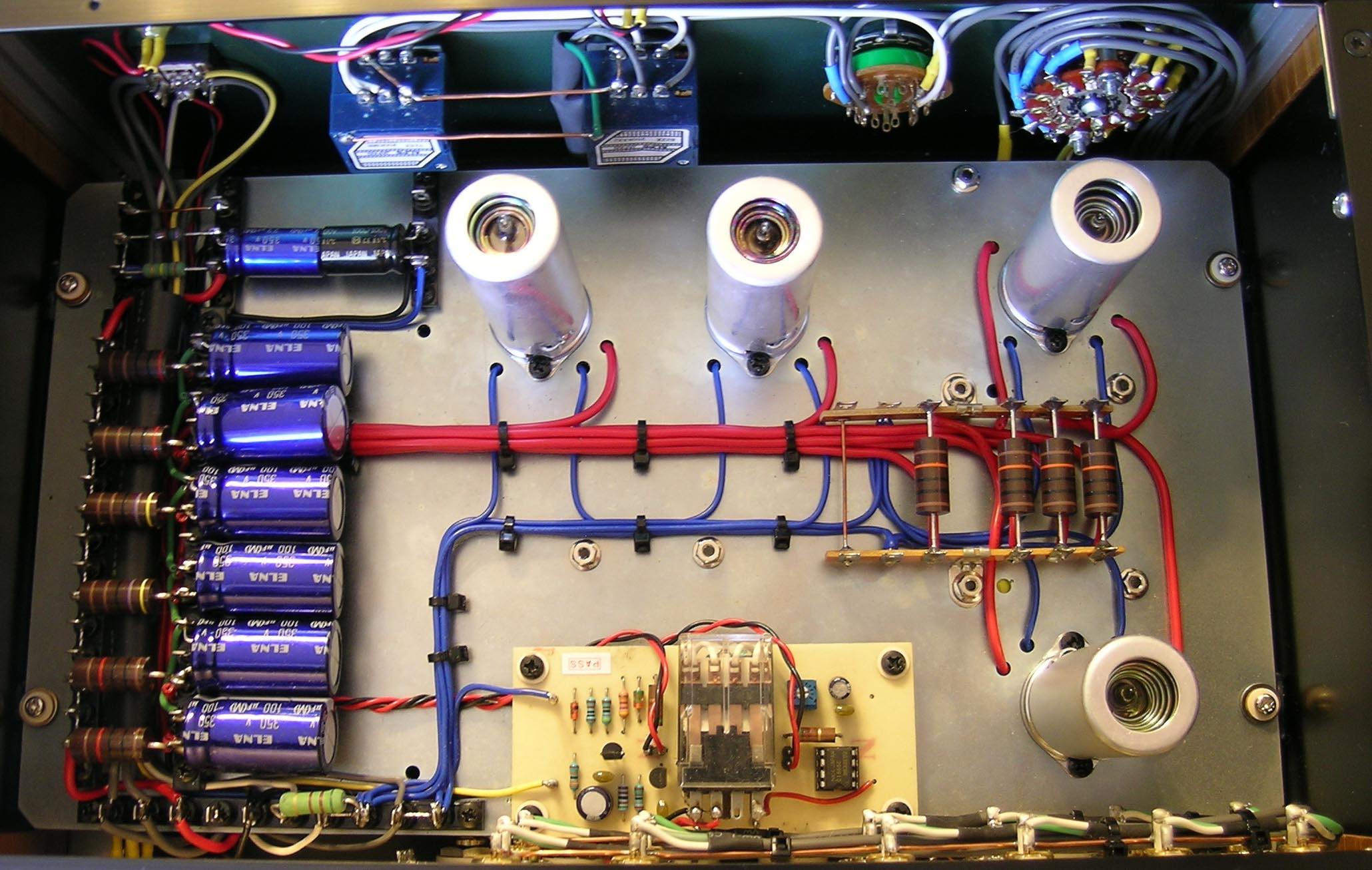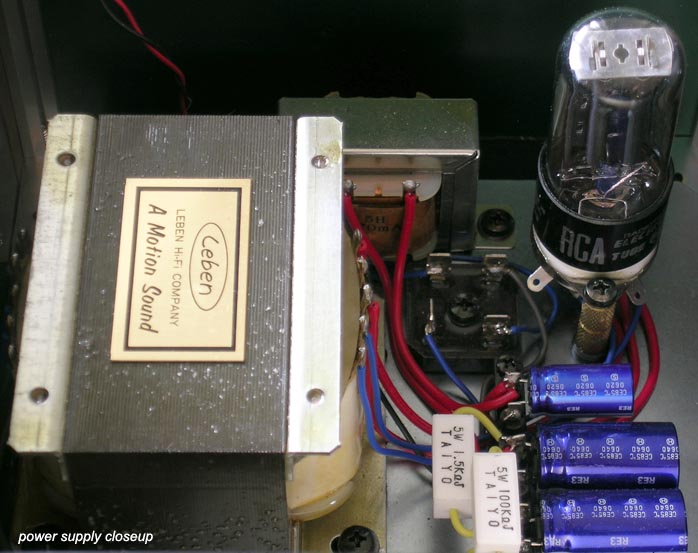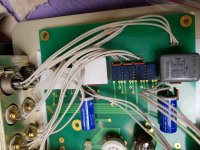There appear to be separate CCS/zeners/decoupling caps for each channel. Chances are some of the current diodes are still alive. As they are paralleled, a short measured across does not guarantee both are bad. It is a very good idea to have them tested for current. Unless someone can recognise the type.
The batteries definitely need a change after 12 years.
The batteries definitely need a change after 12 years.
Hi,
Those lithium batteries are commonly good for 20 years + in test equipment as battery back-up. However, replacing them now that you have it apart is a good idea. These batteries are still manufactured by various companies. I just bought one for an HP 5372A, so I'm certain you can get them new.
Otherwise I agree with you completely as to the probable supply circuit.
-Chris
Those lithium batteries are commonly good for 20 years + in test equipment as battery back-up. However, replacing them now that you have it apart is a good idea. These batteries are still manufactured by various companies. I just bought one for an HP 5372A, so I'm certain you can get them new.
Otherwise I agree with you completely as to the probable supply circuit.
-Chris
So here's some more info, the power supply box has a semiconductor regulated supply for the 5687's heater. There are relays in both boxes to switch the final power on and provide a delayed power up. I believed the visible transformer and the one in the bottom right is just for balanced input and output (I think I read that in a review). As regards the capacitor values in my original diagram I read them with a fluke meter, generally but not in all cases with one end disconnected from the circuit.
I also posted a couple more images.
I also posted a couple more images.
Last edited:
Scott is right to ask.
You can get a whole Leben for a fifth of the money and that too is Japanese craftsmanship so the question still stands.
Also nothing is that precious, the owner has an electronics degree so this is well within his abilities, and may be more competent than any number of so-called professionals.
You can get a whole Leben for a fifth of the money and that too is Japanese craftsmanship so the question still stands.
Also nothing is that precious, the owner has an electronics degree so this is well within his abilities, and may be more competent than any number of so-called professionals.
Oh, lovely, thank you. I guess the white stuff combines mechanical damping with RF shielding. Of course for the shielding to be fully effective it will have to be electrically grounded....but even as it is it probably absorbs a good amount of RF.
May i ask for a subjective opinion?
The topology, active load, PS, battery bias all push towards the direction of transparency and speed. Only the transformers counteract what may become a bit overbearing and thin.
So, my question is: does it have decent weight and flesh in the bass and lower mids?
May i ask for a subjective opinion?
The topology, active load, PS, battery bias all push towards the direction of transparency and speed. Only the transformers counteract what may become a bit overbearing and thin.
So, my question is: does it have decent weight and flesh in the bass and lower mids?
Previously I had a Audio Note M3/Phono which was crammed with tubes and transformers, this had an agreeable rich character. When I replaced it with the Zanden I was initially underwhelmed since although it offered an extended bass response it had quite a bland transparent presentation. I eventually got the best from it by mounting it on a slate slab supported by ceramic bearings, it now lets everything through from my Tom Evans Groove SRX+.
to the chassis, which already provides a shield for the unscreened input wires amongst other thingsOf course for the shielding to be fully effective it will have to be electrically grounded....
Last edited:
It can be a shock when you take the lid off such objectsThat is why such objects should not be deconstructed but admired under a closed lid. Otherwise the temptation to squeeze a nice choke inside the PS may become overbearing.
What makes this preamp cost $17,000?
Black tape wrapped around all the coupling capacitors. (I've also seen black string, which seems to be acceptable in Japan as well)
If you don't wrap your caps in tape, you'll only get $7000 for your preamp.
- Status
- This old topic is closed. If you want to reopen this topic, contact a moderator using the "Report Post" button.
- Home
- Amplifiers
- Tubes / Valves
- Repairing Hi-End Preamplifier
